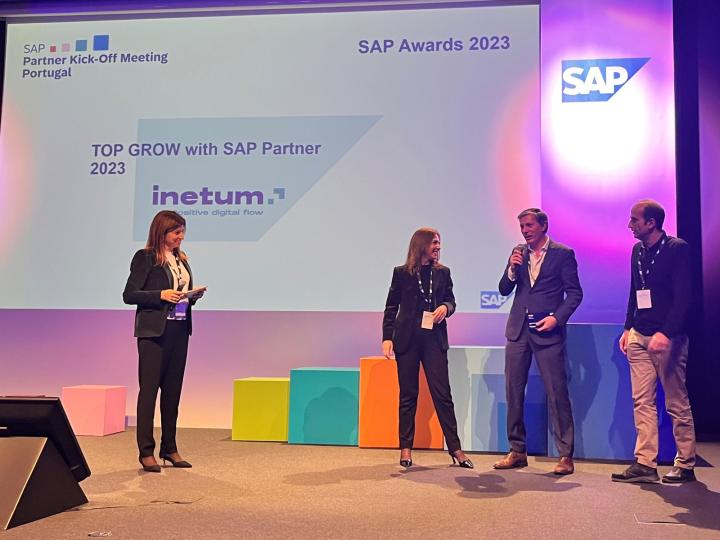AI is Doomed to Fail Without Innovative Leadership
AI is Doomed to Fail Without Innovative Leadership
AI is not just a technology; it represents a fundamental shift in how we work, make decisions, and create value. Successfully using AI requires not only technological adaptation but also deep maturity in people and processes. Innovative leadership is crucial to fully leverage the value of AI. So, what exactly is needed? We're here to help you get started.
Creation date :
AI is No Longer a Distant Concept
According to research by Deloitte (2023), only 7% of Belgians use AI at work. The fear of job loss and unfamiliarity with the technology are important factors in this regard. Organizations need to turn these fears into potential by showing people what AI can do and familiarizing them with the technology.
However, AI is not that new. Without realizing it, we have all been using the technology for years. Just think of the way we unlock our phones via fingerprint or facial recognition, the personalized recommendations on Netflix, various navigation systems, and the now ubiquitous ANPR cameras. In the workplace, too, we see AI becoming more prevalent in familiar applications, for example in Viva Insights for planning focus time and in Google Translate. So, AI is already ubiquitous today. How you deal with it as an organization will make all the difference.
See AI Not as a Product but as a Culture Shift
It seems like every new project these days has to include an AI component to have a reason to exist. This narrow focus on technology ensures that perhaps about 70% of AI projects will fail or miss their ultimate goal. Successfully ingraining the use of AI in your organization requires a culture shift beyond the product itself; innovative leadership is an essential prerequisite.
Innovative leadership starts from a vision and translates it into strategy. It is about more than technology; it is about people, culture, and processes. Leaders must be visible, show sponsorship, and ensure that everything is effectively propagated within the organization. Only then can AI be successfully incorporated into an organization.
Leaders must support the transformation to an AI-driven organization by:
- Developing Vision and Strategy: Start with a clear vision that is agile and responsive to changing employee and customer expectations. Translate this vision into a concrete strategy with measurable goals and results. For example, AI is creating the need for new roles and competencies in organizations. With the right vision, you can ensure that profiles with the necessary skills want to work for you.
- Engaging People: Engage a complementary group of employees early and give them room to experiment and innovate. Empower your employees and create engagement through dialogue and clear communication about what AI can do for them (what's in it for me). Integrate AI tools into the daily workplace to increase efficiency and show concretely what is possible.
- Organizational Preparedness: Create a culture where innovation can flourish, with a structure that allows experimentation and failure. This also means investing in training and the right tools, and establishing governance around tools and safety.
Thoughtfully Building the AI Path
First, AI must be on the CxO agenda. The management team must be imbued with the belief that AI should be at the heart of the organization to make a vital difference. Next, work on organizational readiness so that there is a breeding ground for AI initiatives. Support decision-making by identifying the needed resources for use cases, and turn experiments into scalable and successful solutions.
By following these steps and investing in innovative leadership, organizations can fully leverage the value of AI and position themselves as leaders in this AI era.
Are You Ready?
The maturity level of an organization plays a crucial role in the implementation of AI. Globally, more than half of organizations are still in the lowest levels of AI maturity, where they are either just aware of AI or already cautiously active with it. The biggest challenge now is not to miss the momentum and take the next step. It is essential to invest in awareness and get a feel for your people by training them in basic AI principles and seeking value in processes that involve multiple stakeholders.
Find out what maturity level your organization is at. Test it yourself.


